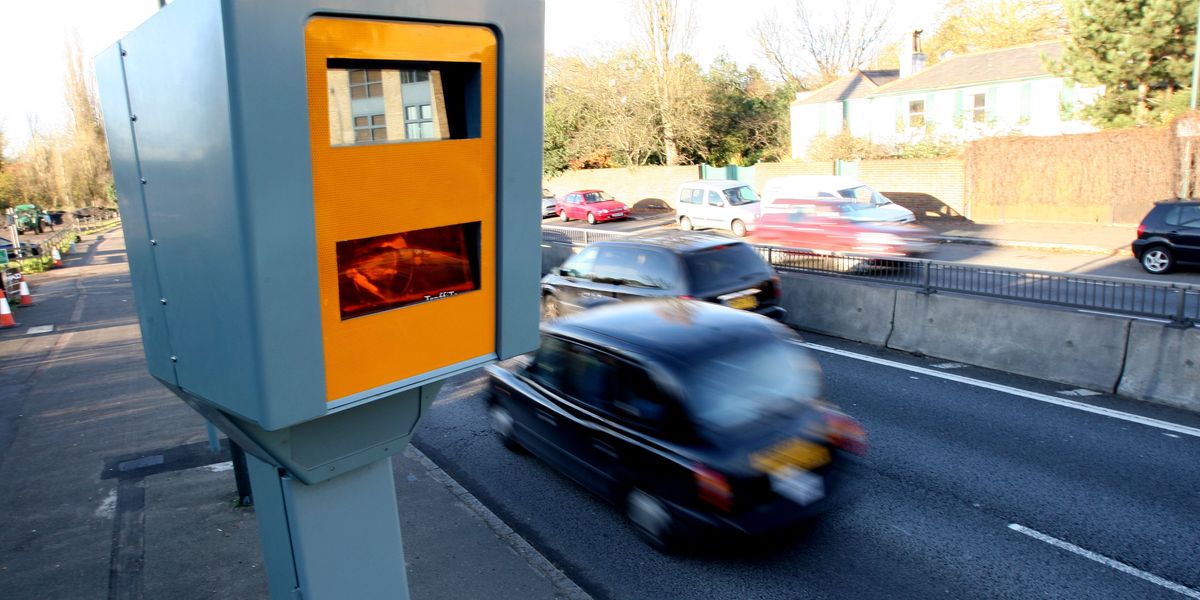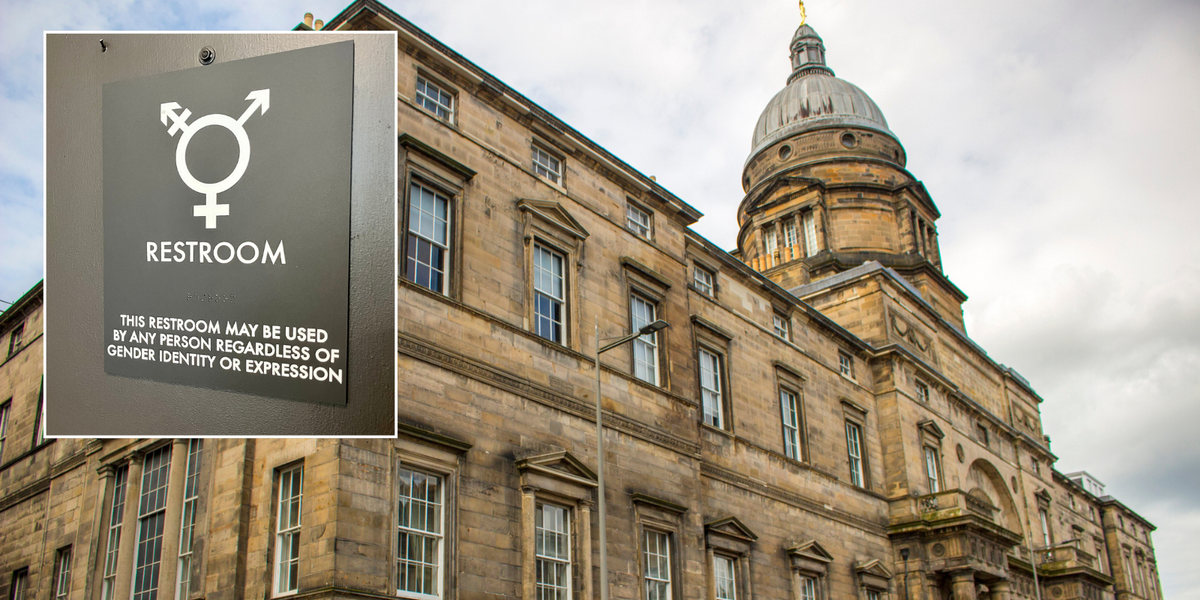The Falkland Islands have paid homage to King Charles as they roll out their first set of new bank notes since the 1980s.
The new design features King Charles III alongside iconic local wildlife, such as a king penguin and black-browed albatrosses.
Its latest revamp has followed a shortage of five pound notes which drove a public consultation.
“Native plants and animals emerged as the public’s favourite theme,” officials declared, as they liaised with banknote manufacturer De La Rue, as well as a working group of local residents.
Its latest revamp has followed a shortage of five pound notes which drove a public consultation
X
Taking to social media to celebrate the latest redesign of the currency, the Falkland Islands Government Office in London tweeted: “Fantastic to see the new Falkland Islands banknotes!
“Our first new designs since the 1980s – they feature some of our iconic wildlife, the Pale Maiden (the national flower of the Falklands) and His Majesty The King.”
Falklands notes were previously printed over 40 years ago, as the new ones prepare to enter circulation on Falklands Day.
The back of the note will include the national flower, the pale maiden, Steeple Jason Island and five different species of penguins.
LATEST NEWS:
The same design will be deployed to decorate other notes including £10 and £20 notes.
Meanwhile, £50 will remain in circulation as they are, as stocks are believed to last another 90 years.
“This design celebrates our unique heritage and wildlife,” the working group commented.
The new notes will begin to circulate on August 14 this year, on the same day where the archipelago celebrates the islands’ first sighting by John Davis in 1592 (Stock)
GETTY
The new notes will begin to circulate on August 14 this year, on the same day that the archipelago celebrates the islands’ first sighting by John Davis in 1592.
Davis was one of the first explorers serving under Queen Elizabeth I in the 1500s, who discovered the Falklands after he was attempting to travel through the Straits of Magellan and was subsequently blown off course.
The navigator hailed from Devon and owned a property in Plymouth, which has since been commemorated by the local council.










